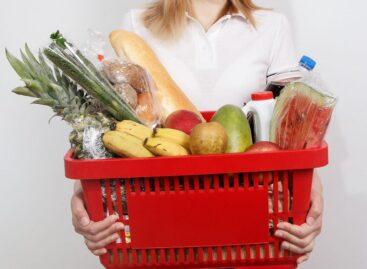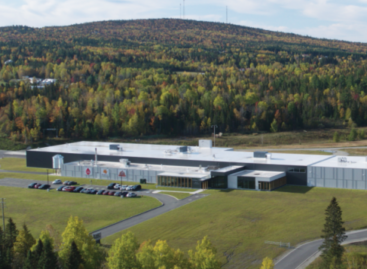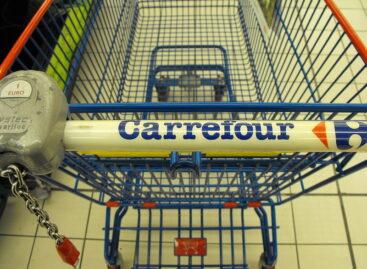Safety of supply is the biggest priority
Promising results
This article is available for reading in Trade magazin 2023/6-7.

Dr. Beáta Olga Felkai
deputy state secretary
Ministry of Agriculture
Dr Beáta Felkai, deputy state secretary of food chain supervision at the Ministry of Agriculture gave an interview to Trade magazin. She told that Hungary’s food industry is very complex with its 33 sub-sectors, and in addition to this diversity, there are also many factors that affect its development. This means that the National Food Chain Safety Office (Nébih) doesn’t have an easy task. There are approximately 75,000 people and 3,900 companies working in the food industry, and the sector is on a growth path. In the past few years the sector’s income after taxes grew by over HUF 164bn, with a sales revenue around HUF 5,000bn.
In addition to growing domestic consumption, there is great potential in export too, as already 40% of the sector’s income is from selling abroad. Hungary’s food industry has a dual structure, in 90% consisting of micro- and small businesses, which focus on niche markets or certain small regions. It is the medium-sized and large food companies that can supply retailers with large quantities of food products, and it is also them who can sell their products in foreign markets. The food market is becoming cleaner and profitability is increasing.
Increased efficiency is the result of more funding
Besides regulations, funding is also vital in efficiency increasing. The 2014-2020 period was the first when it was a priority to give financial help to the food industry, in the value of minimum HUF 300bn. Small and medium-sized companies could apply for financing from European Union budgets, but large firms could only get funding from national sources. Finally in the given period HUF 468bn was spent in the sector, and with the funding granted since 2020 this sum went up to HUF 730bn by the end of 2022. Despite the fact that the influx of money resulted in positive changes in the food industry, the volume of production has been decreasing since the second half of 2022, which is in line with what we can witness in the retail sector.
Foreign vs. domestic: retail remains divided
There are more than 110,000 retail outlets registered in Hungary, and from these 36,000 are selling groceries. Their sales revenue is growing dynamically – by almost 50% in the last 5 years, and in a large part thanks to the income from selling food products. Lidl, Aldi, Penny, Spar, Auchan and Tesco have been growing rapidly, while Hungarian-owned retail chains were moving on a different path, in very different conditions. As regards their business operations, domestic retailers have a store structure that reflects an earlier period of retail, and many of these shops are situated in villages where purchasing power is low.
Grocery sales make up for approximately 45% of total retail sales in Hungary. Multinational discounters have the same share of this as domestic retail chains, but they produce the same results with 574 stores, as opposed to the 7,000 shops of Hungarian retailers. Discounters can’t be stopped in their market conquest. Hungarian retailers are less competitive than them, so they will compete not with discount supermarkets, but always with the given location.
Safety of food supply
One of the biggest priorities is the safety of food supply. In the country it is the Hungarian Village programme that supports grocery stores. Nébih also wishes to increase the proportion of Hungarian food in shops. In addition to the Rural Development Programme, the ministry has started building a grant programme with a HUF 200-250bn budget as of 2024: businesses can apply for funding from here from those sectors which have potential in domestic raw material and ingredient use, and in establishing integrations and a chain approach. //
Related news
The heatwave will also affect food prices
The July analysis of the European Commission’s Joint Research Center…
Read more >K&H SME confidence index: How much do SMEs manage?
Domestic enterprises continue to plan for growth in terms of…
Read more >Gyopáros Alpár: The settlement of Elek implemented HUF 360 million development through the Hungarian village program
Elek implemented HUF three hundred and sixty million developments through…
Read more >Related news
Valeo Foods Completes Acquisition Of Appalaches Nature
Valeo Foods Group has completed the acquisition of Appalaches Nature,…
Read more >Carrefour grows in France and Brazil, lags behind in rest of Europe
Carrefour says it is rather pleased with its financial results…
Read more >Food and beverage innovation plunges nearly 50% since 2007: Mintel
The market research firm said about a quarter of items…
Read more >








